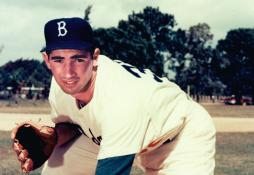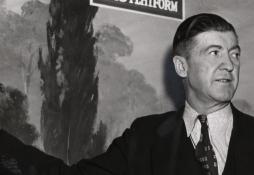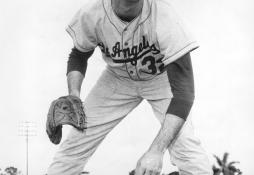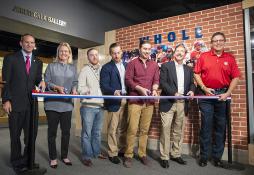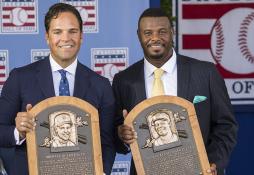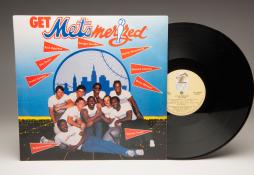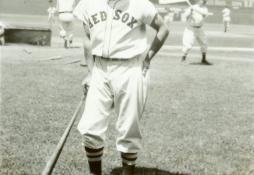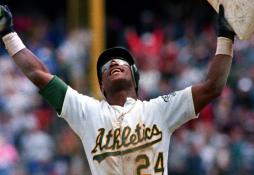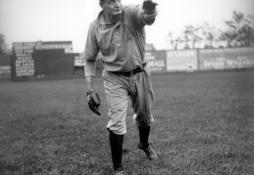- Home
- Our Stories
- Mays hits his 512th career HR to break Ott’s NL record
Mays hits his 512th career HR to break Ott’s NL record
When Mel Ott debuted with the New York Giants as a 17-year-old phenom in 1926, Babe Ruth owned the baseball world.
Twenty-one years later, Ott owned 511 career home runs – the most in National League history and second to only American Leaguers Ruth and Jimmie Foxx on the career list.
On May 4, 1966, Ott was supplanted atop the NL charts by another Polo Grounds legend: Willie Mays.
A frustrated Mays was tied for the NL record with Ott for nine days.
On Day 10, he would have to face the Los Angeles Dodgers, whose four-man rotation consisted of three future Hall of Famers – Sandy Koufax, Don Drysdale and Don Sutton – and three-time All-Star Claude Osteen.
On that May day at Candlestick Park, Mays dug in against Osteen and struck out in both his first and second at-bats. When Mays came up in the fifth, Osteen was on a streak of 96 consecutive innings without giving up a home run.
Hall of Fame Membership
There is no simpler, and more essential, way to demonstrate your support than to sign on as a Museum Member.
Mays had previous success against Osteen, including two home runs the previous year, but so far was unable to put the ball in play during this game. If Mays was pressing in his third at-bat, he lost those jitters in a split second by sending the first pitch he saw from Osteen 380 feet into the right field bleachers.
“It was a really easy pitch for him to hit,” said Osteen. “But I’m not trying to take anything away from him. He reached a really great milestone.”
Mays’ homer ended a 29-year reign for Ott as the NL’s home run leader, a mark he claimed when he surpassed Rogers Hornsby’s 301 career home runs during the 1937 season.
Mays, who won the National League MVP Award in 1965, was relieved to end the chase and help the Giants in the 6-1 win. He had been in a slump since the day he tied the record, going 3-for-23, and actually raised his average from .130 to .167, over the 10-day span, in going 1-for-4 with a home run.
“I was happy to get it over with,” Mays said following the game. “Every day I’ve been trying to get it over with, so I could go back to playing baseball.”
Mays went back to playing baseball for another seven more seasons, totaling 660 home runs and earning him a membership among baseball’s elite in the Baseball Hall of Fame in 1979.
Kevin Stiner was a Public Relations intern for the National Baseball Hall of Fame and Museum




